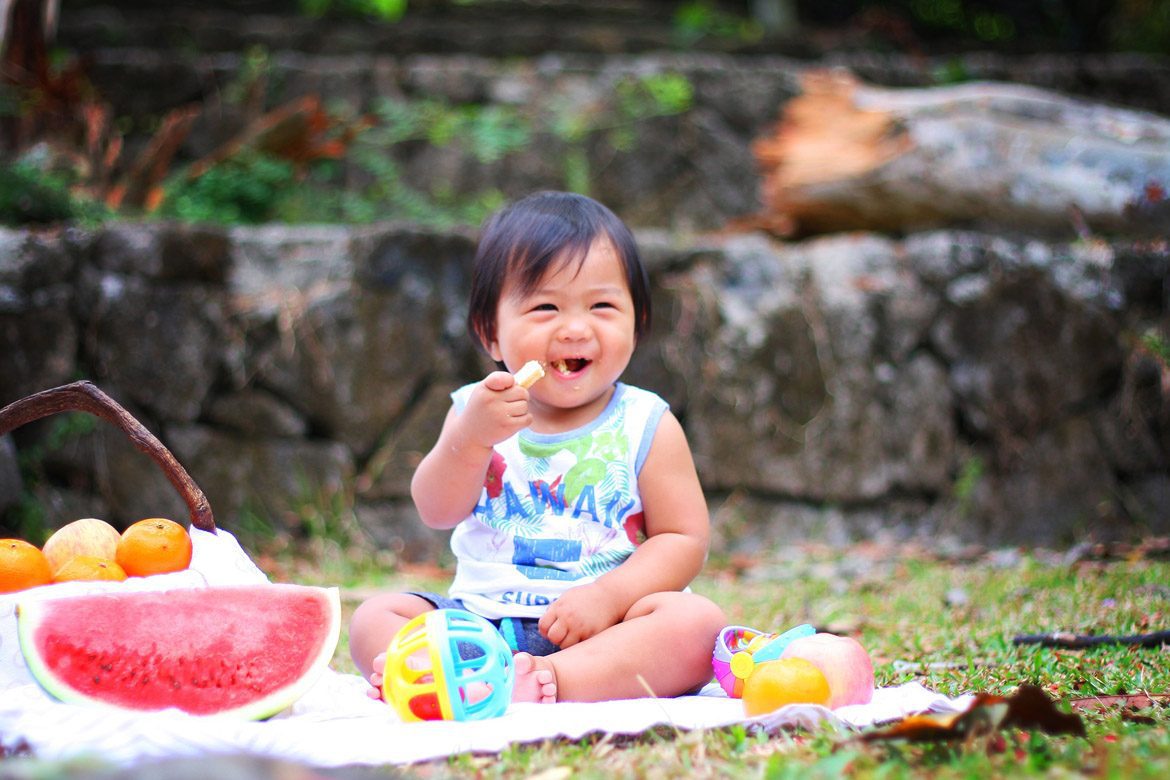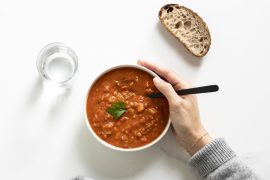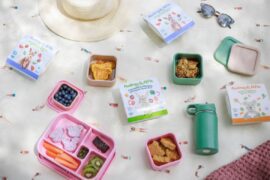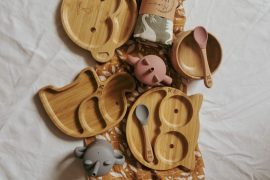By Gill Rapley
Baby-led weaning (BLW, also known as baby-led solids) is a way of introducing solid foods that allows the baby to stay in control. The parents decide what to offer but the baby decides what to eat, how much and how fast. With BLW, purées are a thing of the past: babies start straight in with pieces of food (cooked where appropriate) that they can pick up and eat by themselves. They seem to love exploring different tastes and textures and learning what different foods look like, and the signs are that this approach reduces the chances of picky eating, mealtime battles and childhood obesity.
BLW is gaining in popularity, both in New Zealand and around the globe. The current interest began in the UK in 2002, but the practice is actually as old as the hills. Many parents have discovered it, either by accident or because their child simply refused to be spoon fed. The only real difference now is that this wonderful secret of parenting has a name – and is available to first-time parents!
The theory behind BLW is that babies will make their own transition to solid foods, in their own time and at their own pace. That being so, is it OK to start before six months if your baby seems ready? This is a question that is very hard to answer with a simple yes or no.
The problem is that the words we use to talk about introducing solid foods just don’t work when we’re talking about BLW. What exactly do we mean by ‘starting solids’? With the traditional (spoon-feeding) approach, the baby both meets and eats his first solid food in the same sitting – the two things happen only moments apart. So, not only is ‘starting solids’ easy to define but the parents know – to the minute – exactly when it has happened.
With BLW, there can be a time gap of several days or even weeks between the moment the baby first meets solid food and the moment when he first eats it. And the first food he meets may not be the first food he eats! Always assuming, of course, that we can pinpoint exactly when the first ‘meeting’ took place! Confused?
Picture the following scenes from the life of a typical new family, where the parents have adopted a truly ‘baby-led’ approach to infant feeding:
Scene 1, one week after Jack’s birth: Baby Jack is cradled in his mother’s arms while she eats a meal. He is either breastfeeding or asleep. He is probably only dimly aware of her eating, through the noises she (and her stomach) are making. He is able to taste some of what she has eaten through her breastmilk, so he could be said to be ‘sharing her food’.
Scene 2, two months after Jack’s birth: Jack is being held in a sitting position facing outwards on his father’s lap while his parents eat a meal. Jack looks with interest at his mother, the plates, the food and the cutlery, as well as other objects within his field of view. He responds excitedly when he is spoken to. He is ‘joining in’ the mealtime even though he isn’t engaging with the food.
See page 2 for more Baby-Led Weaning scenarios…











